Sign up for workout ideas, training advice, reviews of the latest gear and more.

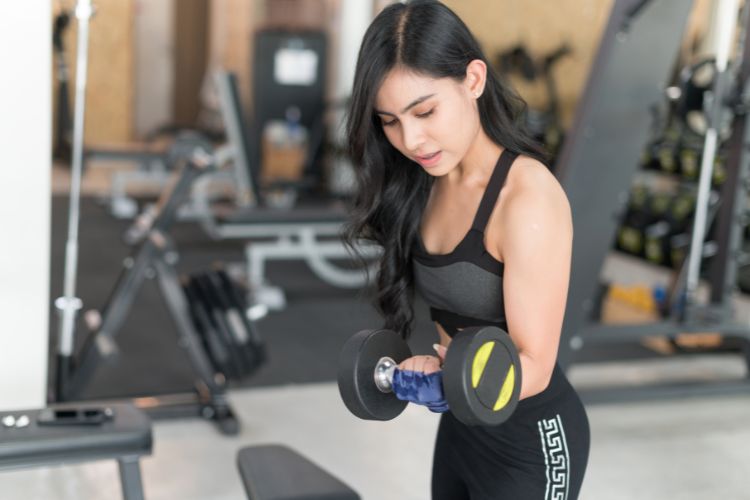
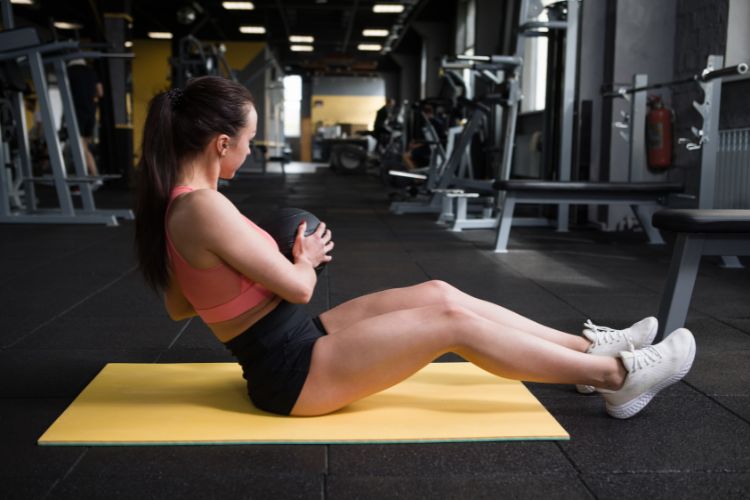
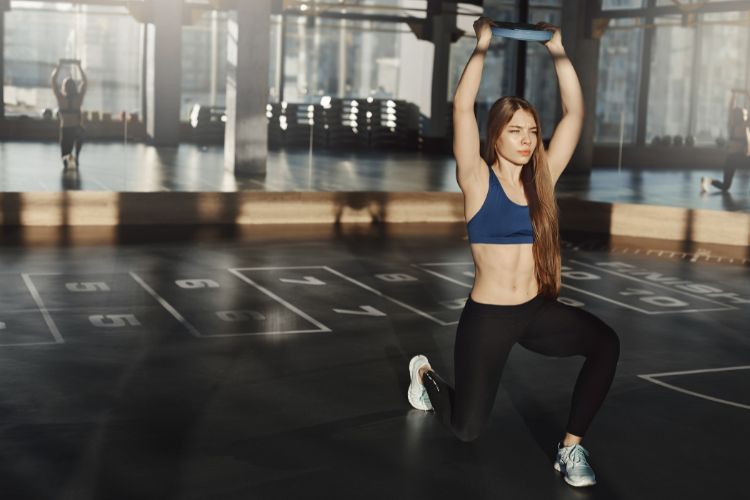
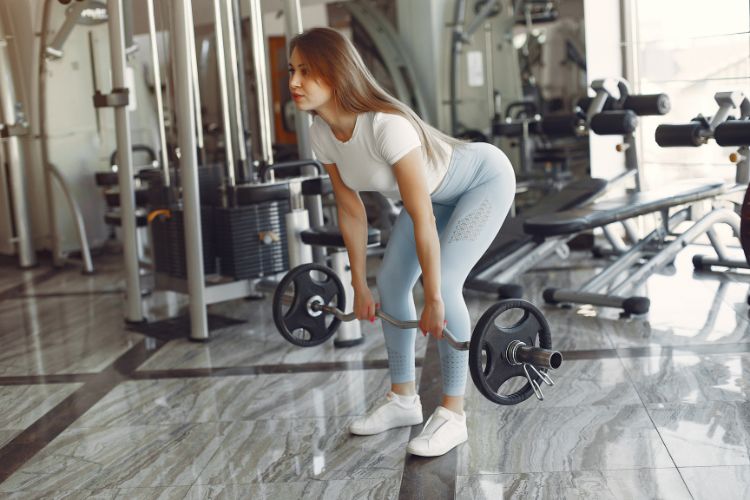
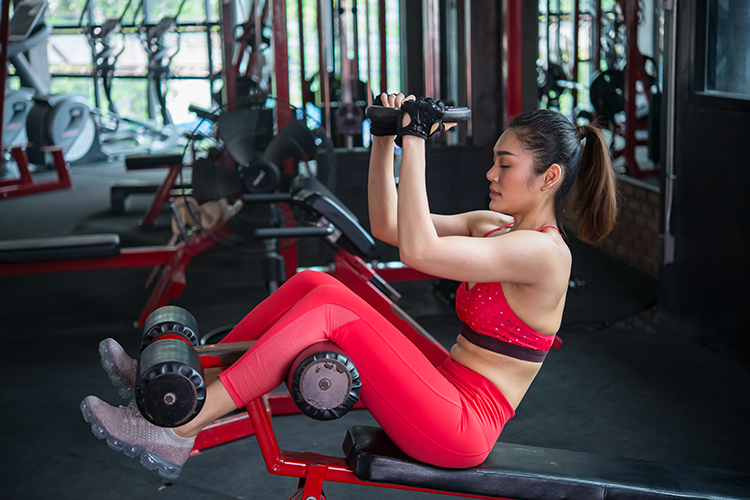
Core strength plays a vital role in overall fitness, providing the foundation for balance, stability, and power in almost every movement. For women, incorporating core-focused strength training into their routine not only helps achieve a toned midsection but also supports posture, reduces injury risk, and enhances athletic performance. In this guide, we’ll delve into the importance of core strength training, outline the best exercises for targeting these muscles, and offer tips to maximize your results.
The core is not just about having toned abs; it’s the powerhouse of your body. It includes muscles like the rectus abdominis (the “six-pack” muscles), the obliques (side abdominals), the transverse abdominis (the deepest core muscle), and the erector spinae (lower back). Together, these muscles provide support and stability for every movement, from walking and standing to lifting heavy objects and engaging in athletic activities. Strengthening the core enhances performance in various exercises and sports while reducing the risk of injuries, especially to the lower back.
While isolation exercises like crunches have their place, compound movements that engage multiple muscle groups are essential for overall core development. Squats, deadlifts, and planks, for example, work not only the abs but also the lower back, glutes, and even shoulders.
To build strength, the core muscles need to be consistently challenged. This principle of progressive overload involves gradually increasing the resistance, duration, or complexity of your workouts to promote muscle growth and endurance.
Both static (holding a position) and dynamic (moving) core exercises are crucial for developing a well-rounded core. Static exercises like planks build endurance, while dynamic movements like Russian twists enhance mobility and strength.
A key factor in effective core training is learning to engage your core throughout all exercises. This “bracing” technique helps you stabilize your spine and pelvis, whether you’re lifting weights, doing cardio, or performing functional movements.
The plank is one of the most effective static exercises for core strength. It engages the entire core, including the transverse abdominis, rectus abdominis, and obliques, while also working the shoulders and glutes.
How to Perform:
Benefits:
Russian twists target the oblique muscles and are excellent for improving rotational strength, which is essential for functional movements in daily life and sports.
How to Perform:
Benefits:
Though traditionally considered a lower body exercise, deadlifts are also one of the best core strength exercises. They engage the lower back, glutes, and abs while improving overall core stability.
How to Perform:
Benefits:
Bicycle crunches are a dynamic exercise that works the rectus abdominis and obliques. The movement mimics pedaling a bicycle, but with the added benefit of core engagement.
How to Perform:
Benefits:
Side planks specifically target the obliques, while also working the hips, shoulders, and glutes.
How to Perform:
Benefits:
Mountain climbers are a cardio-intensive exercise that also works the core. The quick movement of your legs requires you to keep your core engaged, especially the lower abs.
How to Perform:
Benefits:
Leg raises primarily work the lower abs, which are often neglected in traditional ab exercises.
How to Perform:
Benefits:
To build a solid core, it’s important to combine static, dynamic, and compound movements in your routine. Here’s a sample core workout plan for women:
Cooldown: Stretch your core and lower back with gentle yoga poses like the cobra stretch and child’s pose.
For optimal results, aim to include core strength training 2-3 times a week. As you become more comfortable with the exercises, increase the resistance (using weights), duration, or intensity of the movements to continue challenging your muscles.
Building core strength takes time and dedication. Be consistent with your workouts and gradually increase the difficulty as your muscles grow stronger.
Core strength is not just about exercise; it also depends on reducing body fat to reveal toned muscles. Incorporate cardiovascular activities and maintain a balanced diet to support fat loss and muscle development.
Proper form is crucial in core exercises to avoid injury and maximize muscle engagement. Always engage your core and avoid straining your neck or back.
If you experience discomfort or pain in your lower back during core exercises, modify the movement or take a break. It’s important to challenge your muscles but not at the cost of injury.
Core strength training for women is essential for both functional fitness and aesthetics. Whether you’re looking to improve your posture, enhance your athletic performance, or achieve a toned midsection, incorporating a variety of static and dynamic core exercises will help you reach your goals. Remember to be consistent, progressively challenge yourself, and pay attention to proper form to get the most out of your workouts.
Stay up to date on the latest women’s health, fitness and lifestyle trends and tips.